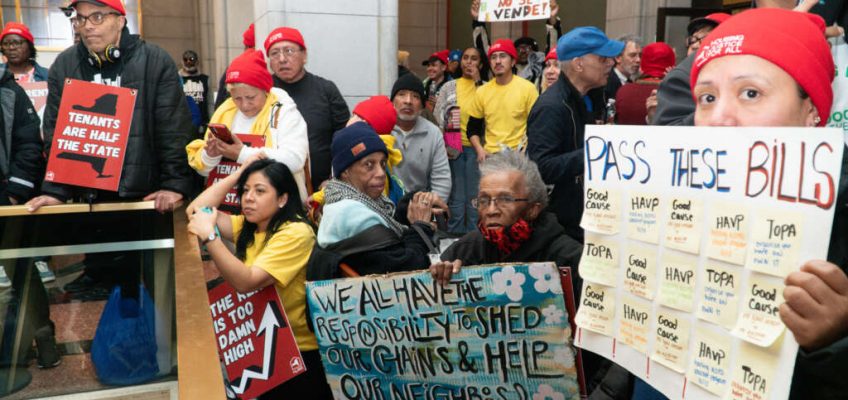By GEOFF MULVIHILL
The federal government has paused $27.5 million for organizations that provide family planning, contraception, cancer screenings and sexually transmitted infection services as it investigates whether they’re complying with the law.
Related Articles
Melania Trump says courage is ‘based in love’ as she honors women from around the world for bravery
Trump administration halts dozens of research grants at Princeton University
More Republicans want the US to focus on ceasefires in Ukraine and Gaza, new poll finds
Trump turns homelessness response away from housing, toward forced treatment
Trump to hold a meeting on possible investors to buy TikTok with possible ban at stake
The National Family Planning and Reproductive Health Association says 16 organizations received notice Monday that funding is on hold. At least 11 Planned Parenthood Federation of America regional affiliates and all recipients of federal family planning, or Title X, grants in seven states, had funding withheld.
The U.S. Department of Health and Human Services declined to say which laws or executive orders the groups are being investigated for violating, though NFPFHA said some of the letters cited civil rights laws. Trump has issued executive orders targeting programs that consider race in any way, some of which have been put on hold by judges.
Health and Human Services, which is in the midst of deep layoffs, also said that “no final decisions on any spending changes for Planned Parenthood have been made.”
Republicans have long railed against the millions of dollars that flow every year to Planned Parenthood and its clinics, which offer abortions but also birth control, cancer and disease screenings, among other things. Federal law prohibits taxpayer dollars from paying for most abortions.
Providers said the impact on health care will especially hit lower-income people.
“We know what happens when health care providers cannot use Title X funding,” Alexis McGill Johnson, president and CEO of Planned Parenthood Action Fund, said in a statement. “People across the country suffer, cancers go undetected, access to birth control is severely reduced, and the nation’s STI crisis worsens.”
The reproductive health association, whose members include most Title X grant recipients, said that about one-fourth of them received the letter, including all the recipients in California, Hawaii, Maine, Mississippi, Missouri, Montana and Utah. Mississippi law bans abortion at all stages of pregnancy.
George Hill, president and CEO of Maine Family Planning, which provides abortion services, said that if necessary his organization would go to court to seek the funds.
“The Administration’s dangerous decision to withhold Maine Family Planning’s Title X funds jeopardizes access to critical health care services for thousands of Mainers. Any delay in disbursement of federal grants will have a detrimental effect on our state family planning network and the patients we serve,” Hill said.
The Missouri Family Health Council, which pays for programs throughout Missouri and part of Oklahoma, including Planned Parenthood affiliates, also had its funding blocked.
Planned Parenthood Great Plains, which includes Missouri, Oklahoma and Kansas, said regional clinics remain committed to providing health care despite the funding uncertainty.
“They want to shut down Planned Parenthood health centers to appease their anti-abortion backers, and they’re willing to take away birth control, cancer screenings, and STI testing and treatment to get their way,” Great Plains Planned Parenthood President and CEO Emily Wales said in a statement. “If blocking health care for low-income patients is what the Trump administration means by ‘making America great again,’ then we want no part of it.”
Associated Press reporters Summer Ballentine and Amanda Seitz contributed to this article.




